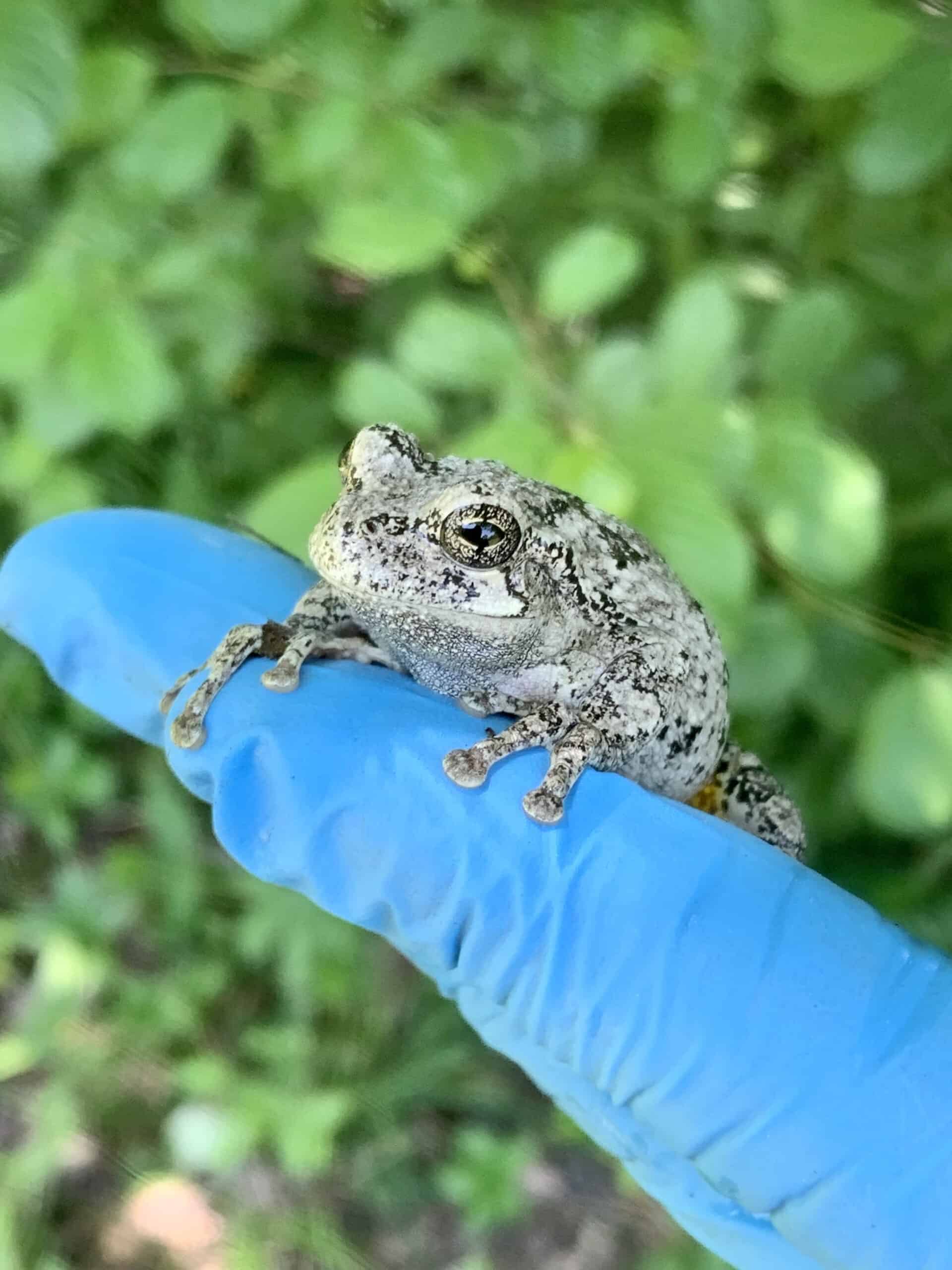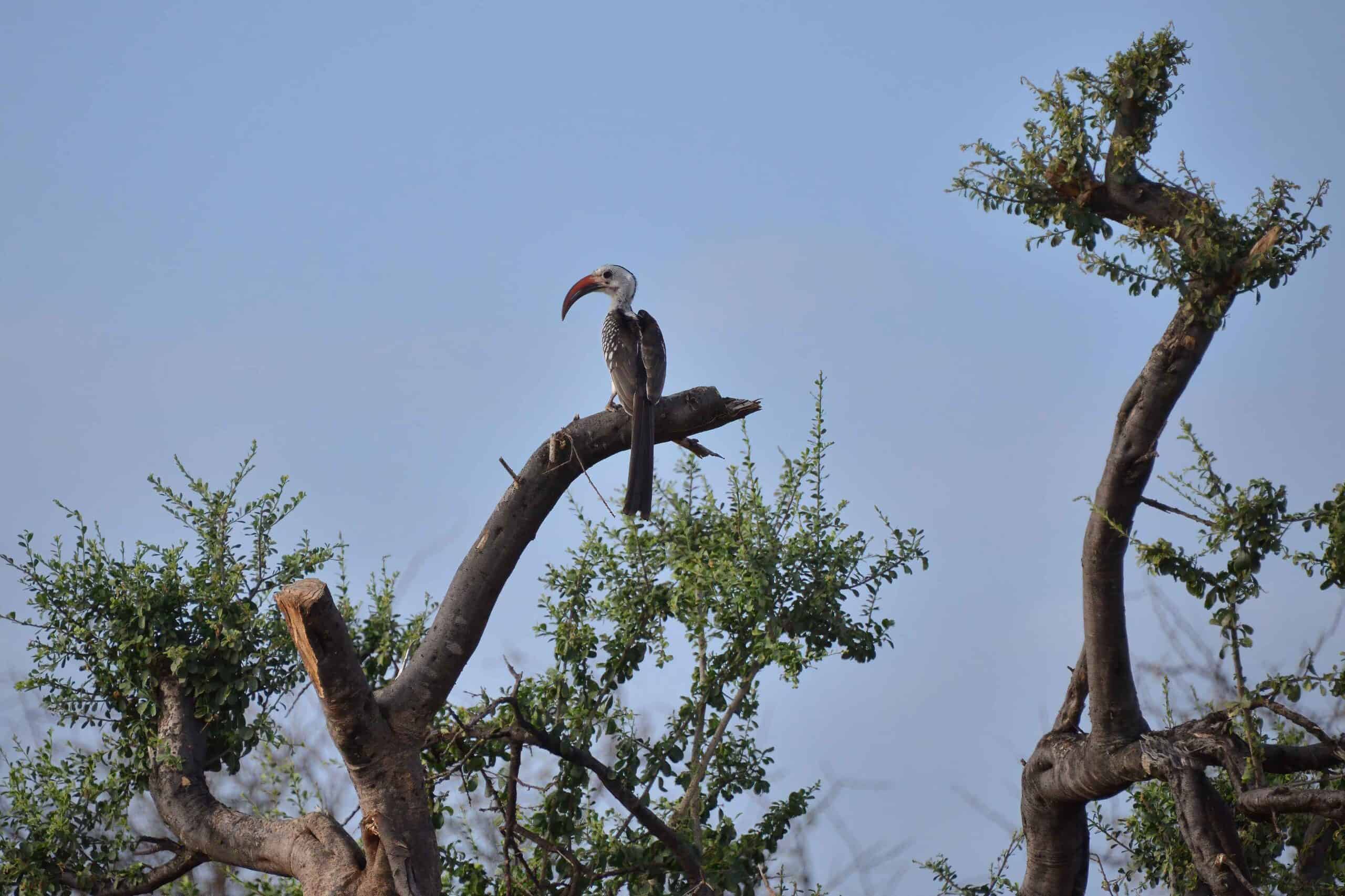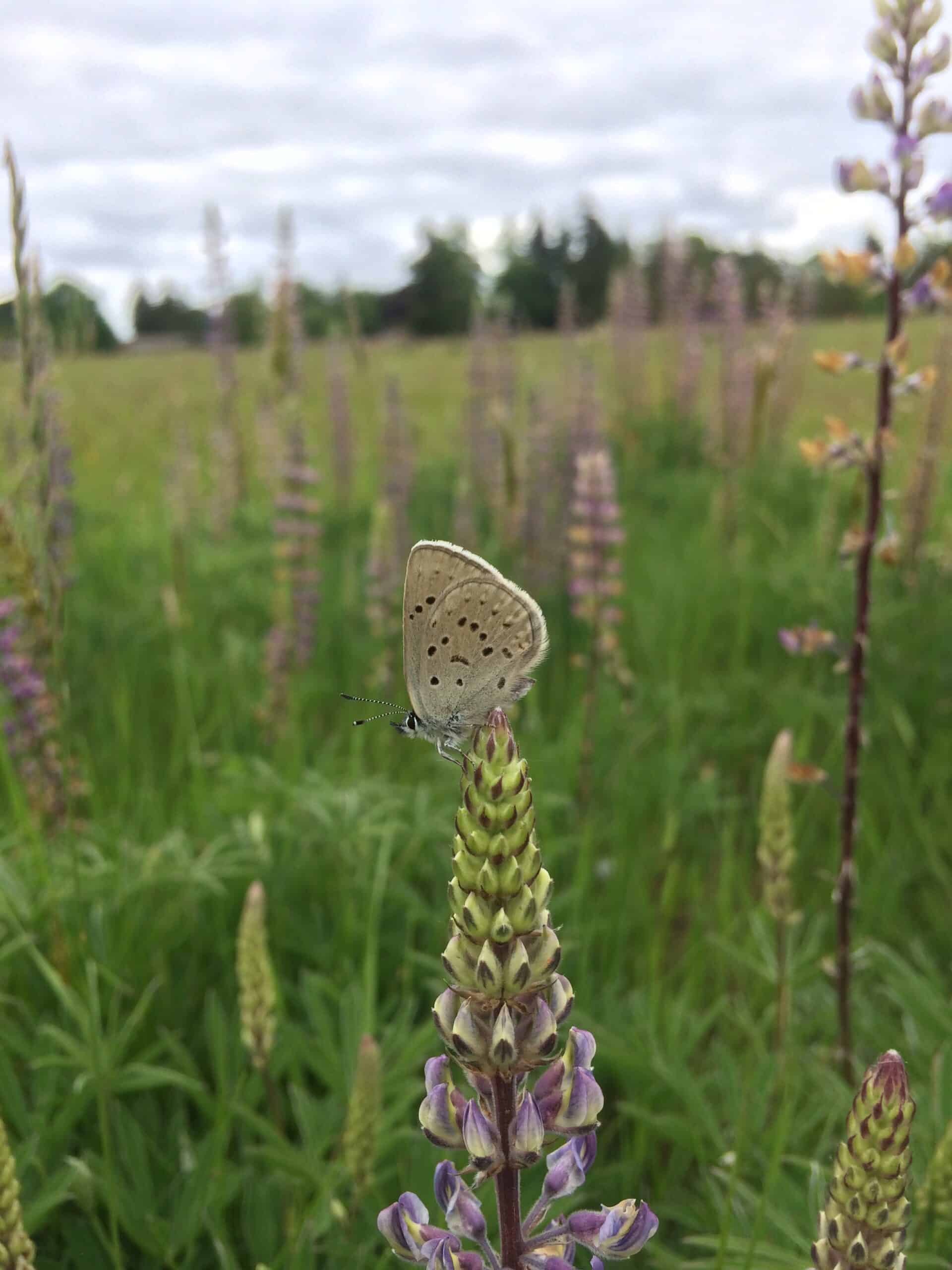Share this article
Eavesdropping squirrels take cues from bird chatter
When birds are chattering, it’s not just other birds tuning in. Squirrels are listening, too, researchers found, taking cues for when predators may be lurking or when it’s safe to be out and about.
“I think a lot of those critters are in tune to each other, maybe in more ways than we’re even expecting,” said Oberlin College biology professor Keith Tarvin.
Biologists knew that species listen in on each other — keeping an ear out for so-called “public information” about predator threats. They listen for alarm calls when danger is present. And sometimes, they pick up on sentinel calls — a sort of “all-clear” message some species use to alert others that predators are gone.
But usually, Tarvin said, it’s two similar species listening in on each other — maybe two different bird species that forage together, or two different monkey species sharing the same grounds. Tarvin wondered if species from different taxa that share the same landscape might also listen to one another.
To find out, he and his students turned to the eastern gray squirrels (Sciurus carolinensis) abundant in the parks and backyards of Oberlin, Ohio.
“We’re in a little residential area — a small town and a small college campus — and we can get pretty close to these squirrels without bothering them,” he said. “That makes it easy to collect data.”
Undergraduate Marie Lilly, the lead author on the paper published in PLOS One, rode around town on her bike with sound equipment tied to her handlebars in search of subjects. When she found a squirrel, she would wait to let it adjust to her presence, then play the sound of a red-tailed hawk (Buteo jamaicensis) call from a speaker. The call was followed by 30 seconds of pure silence, while Lilly took note of the squirrel’s reaction.
“They increased their vigilance behaviors, as we expected,” Tarvin said. “We weren’t trying to make the squirrels think that a hawk was about to grab them, but we did want the squirrels to be on a relatively high alert so that we could see changes in that behavior.”
Then Lilly played three minutes of either bird chatter — the sort of sounds birds at a feeder make when there’s no sign of predators — or simple ambient noise without the chatter. The sound of chattering, researchers found, prompted the squirrels to drop their guard faster than the ambient noise.
“We think that that’s because they are perceiving information from these other birds that the environment is relatively safe,” he said.
Tarvin hopes the research helps paint a picture of the ecological connections taking place on the landscape.
“Some ecologists are even thinking that these public information networks might contribute to the structuring of ecological communities,” he said. If that’s the case, Tarvin said, the increasing volume of human noises on the natural landscape could interrupt these communication networks.
“There’s a lot of good evidence that anthropogenic noise is affecting individual species,” he said. Some ecologists are looking at whether that has a cascading effects on community structure itself. The jury’s out on that. But it’s interesting to think about how small things that ordinarily might not catch our attention may actually have some important implications.”
Header Image:
Researchers found eastern gray squirrels listen in on bird chatter to gauge if predators are near.
©Emma Lucore








